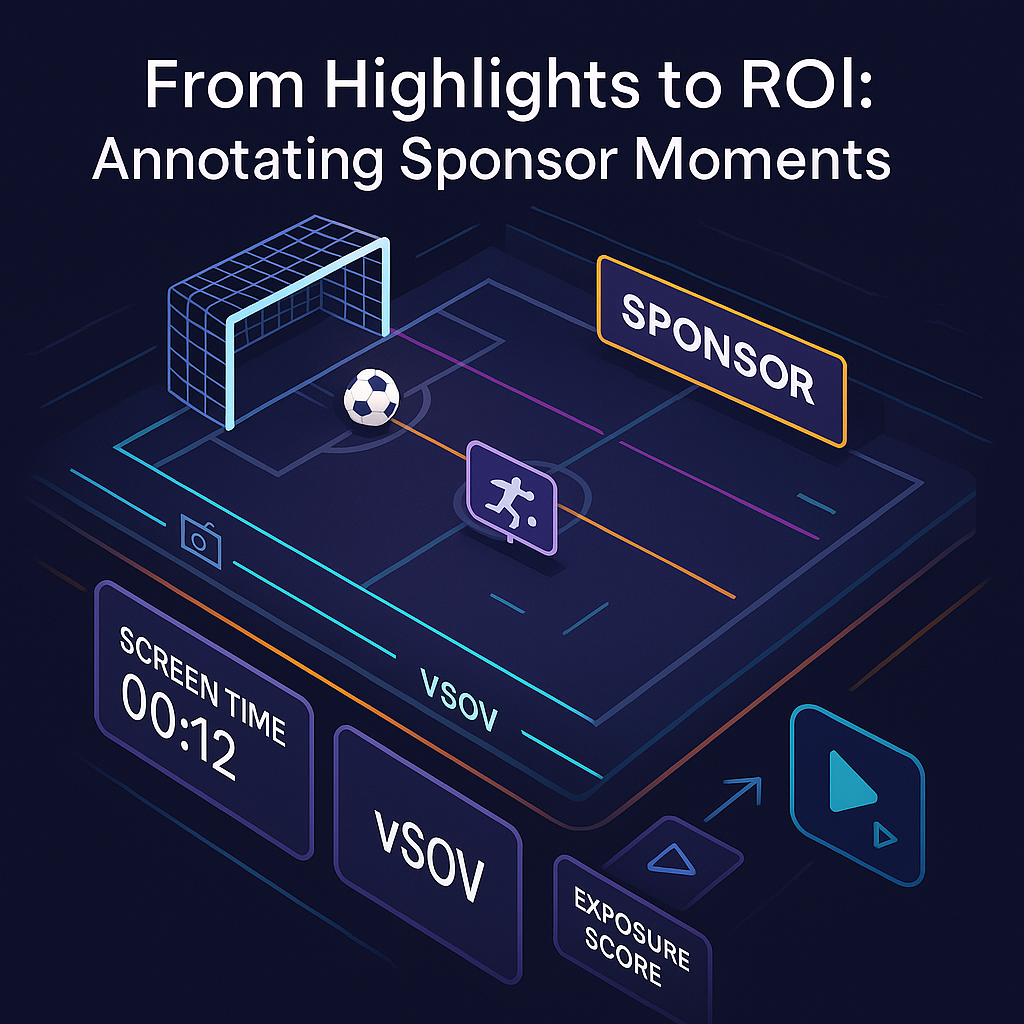
From Highlights to ROI: Annotating Sponsor Moments
Sports highlights don’t just drive views — they can prove sponsorship ROI. This post shows how auto-tagging the exact seconds when a goal and a sponsor logo share the frame turns highlights into commercial evidence. Editors receive ready-made, brand-sorted clips with Screen Time baked in for instant social; commercial teams get standardized KPIs — vSOV, Exposure Score (area × position × clarity), and Cost per Exposure Second (CPeS)—to price, defend, and optimize deals. We outline a pragmatic path: assemble fast with ready vision APIs (logo recognition, OCR, anonymization), then tailor models for your venues to cut costs and lift accuracy. The result is faster distribution, cleaner make-goods, and board-level proof that turns highlights into revenue.
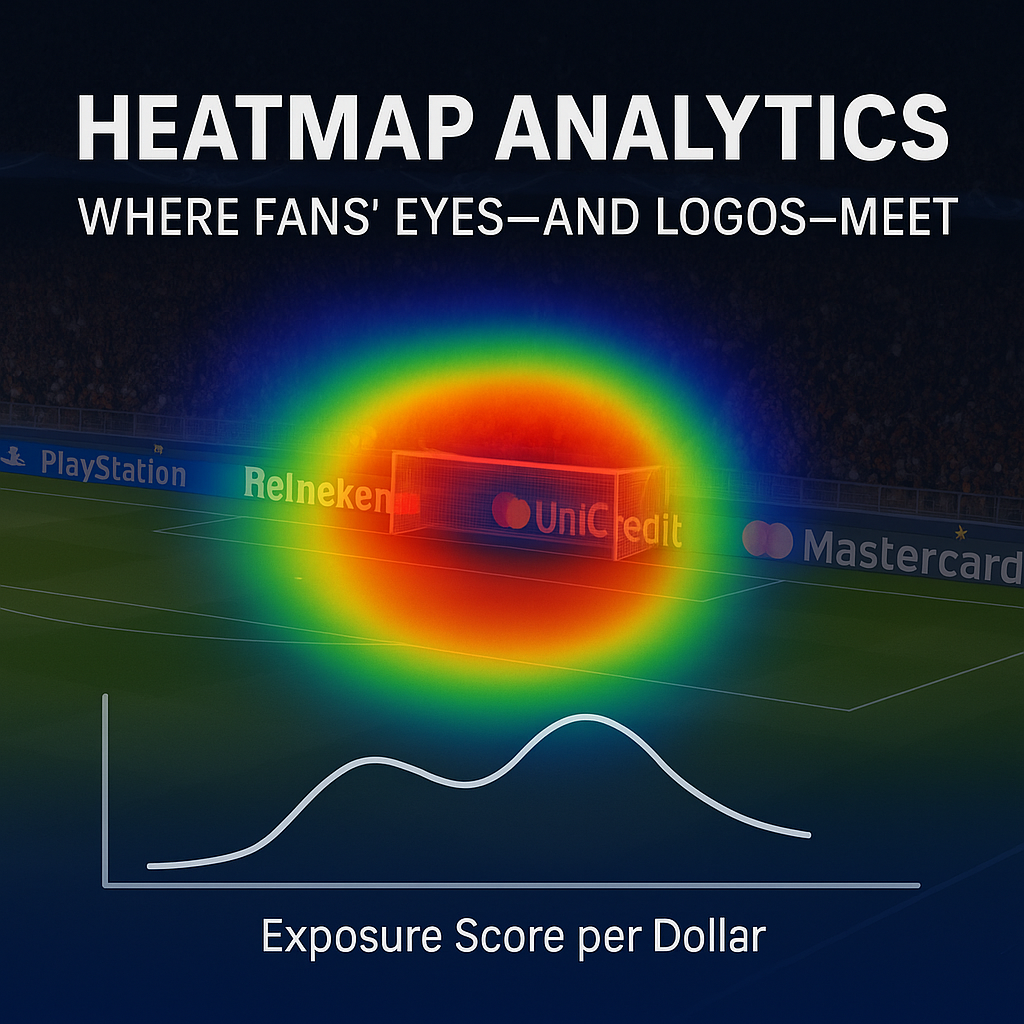
Heatmap Analytics: Where Fans’ Eyes—and Logos—Meet
In the new era of sports sponsorship, visibility is no longer enough. The true value lies in capturing and measuring the exact moments when fans’ eyes — and their attention — land on a sponsor’s logo. By combining AI-powered logo detection with advanced attention heatmaps, rights-holders and brands can finally quantify “hotspot” exposure and turn it into a single, actionable metric: Exposure Score per Dollar. This data-driven approach is rapidly transforming how stadium inventory is priced, how sponsorship contracts are negotiated, and how every second of attention turns into tangible ROI. Discover how heatmap analytics are moving sports marketing from impressions to intention — and giving C-level executives the tools they need to outpace the competition.
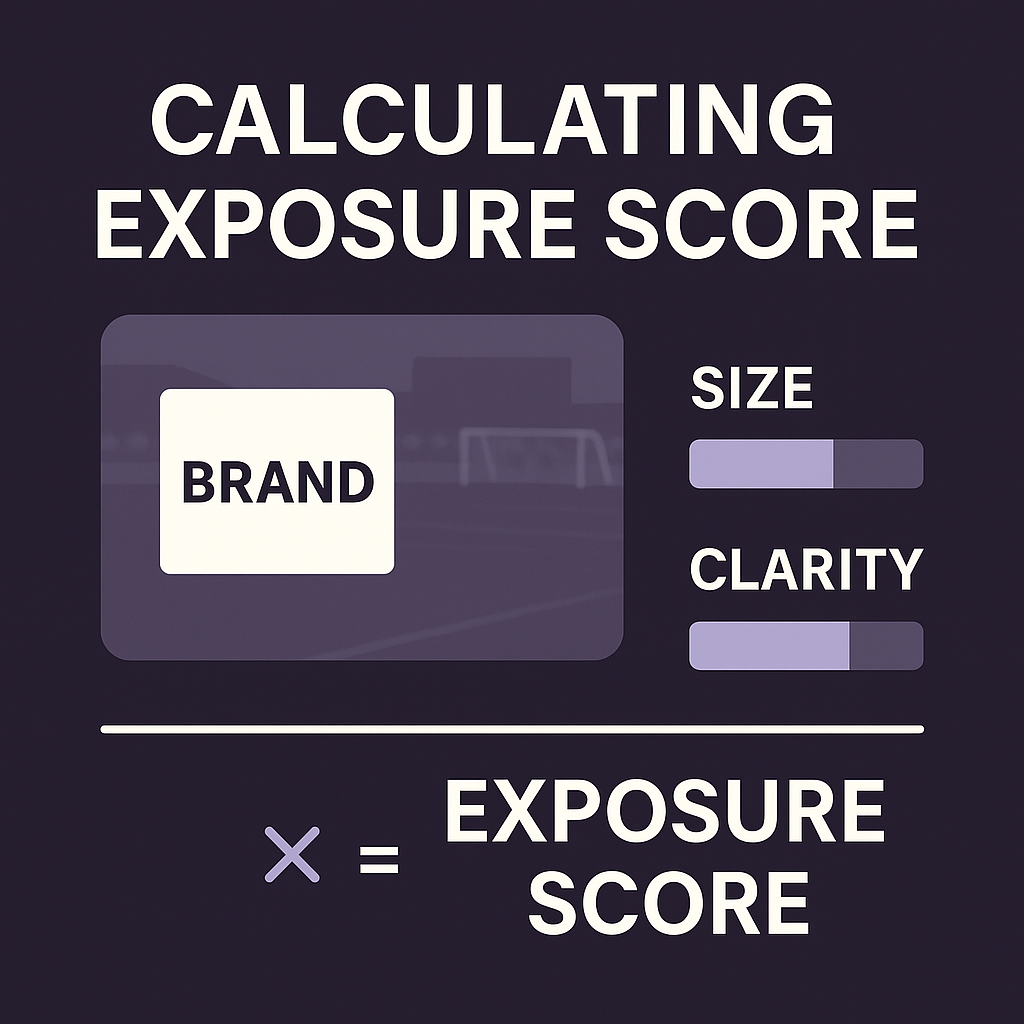
Calculating Exposure Score: Size Meets Clarity
In today’s high-stakes world of sports and entertainment sponsorship, not all on-screen logos are created equal. As global spend on brand exposure nears $190 billion, the old metrics — raw “seconds on screen” or impression counts — no longer satisfy the boardroom. Forward-looking executives are demanding a new standard: Exposure Score. This AI-powered metric weights not just how long a logo appears, but how large, where, and how clearly. The result? A precise, auditable KPI that transforms fleeting pixels into bottom-line value, helping CEOs, CFOs, and CMOs maximize every sponsorship dollar, justify negotiations, and outpace the competition. Discover how next-generation algorithms are redefining sponsorship ROI — and why those who adopt early will lead the next decade of brand visibility.

Esports Logo Analytics: Beyond Streamer Shout-Outs
As esports commands global audiences rivaling the NBA and Champions League, sponsorship strategy is entering a new era of transparency. Traditional shout-outs and impression counts can no longer justify seven-figure investments. Today’s leading brands demand hard metrics — precisely how long, where, and how often their logos appear on screen. Thanks to AI-powered logo analytics and frame-by-frame exposure tracking, executives can now translate every second of digital visibility into actionable business intelligence. This article explores how advanced computer vision unlocks measurable ROI, empowers data-driven negotiation, and gives brands a clear edge in the rapidly evolving world of competitive gaming.
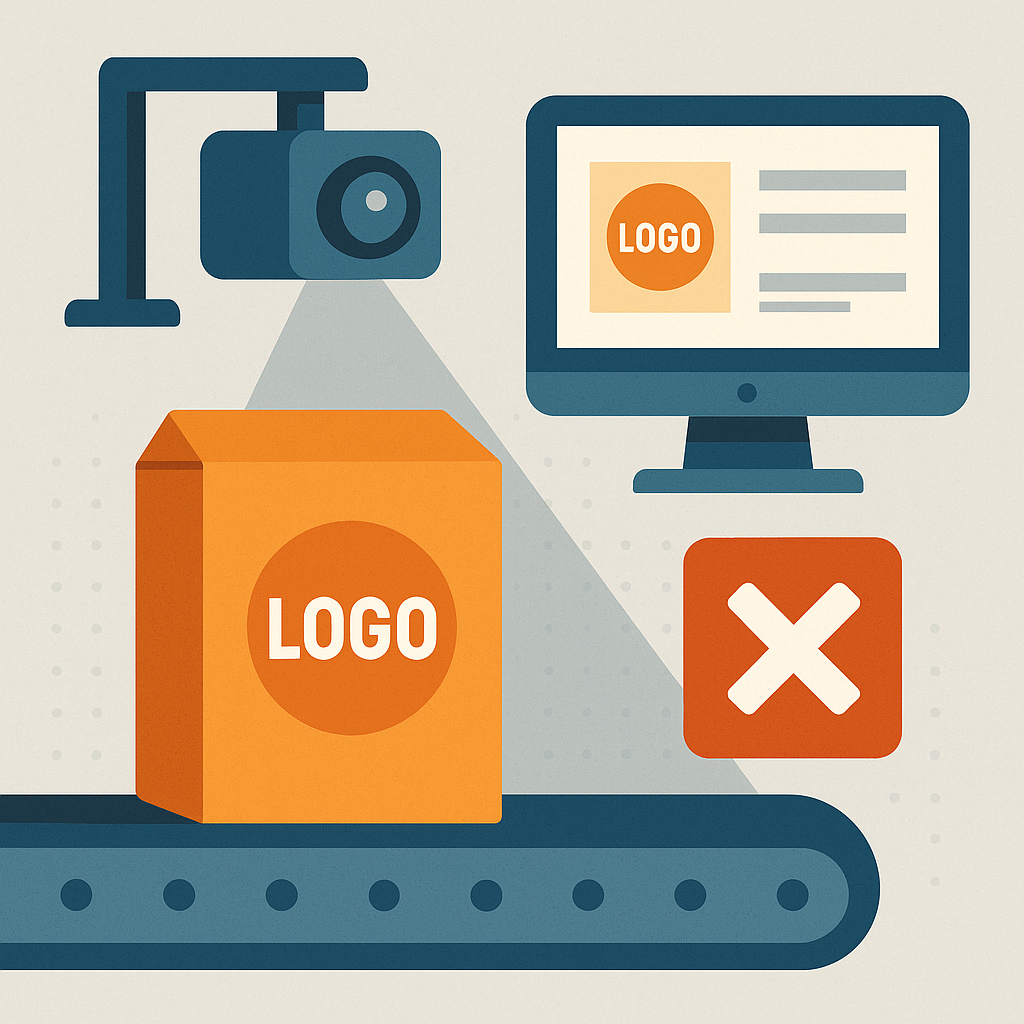
Packaging QA: Verifying Logo Color & Placement Inline
Misprinted logos aren’t just cosmetic flaws — they’re silent liabilities. In today’s high-speed packaging environments, leading manufacturers are using AI-powered computer vision to inspect every carton in real time, ensuring logo color, placement, and quality match brand standards perfectly. This blog post explores how inline inspection systems prevent costly recalls, protect brand equity, and turn packaging QA into a board-level asset — all while scaling efficiently through cloud APIs and custom vision models.
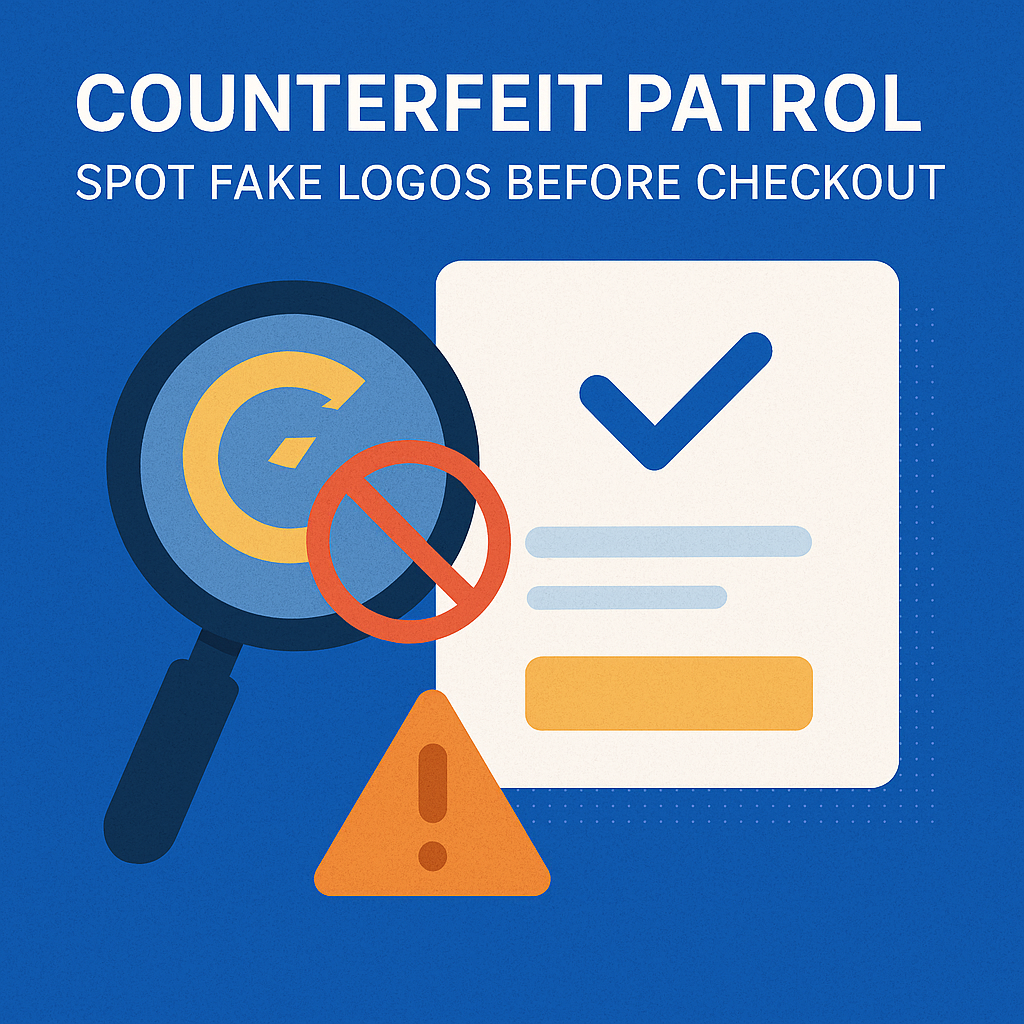
Counterfeit Patrol: Spot Fake Logos Before Checkout
Counterfeit listings don’t just steal sales — they quietly erode brand trust, inflate operational costs, and expose companies to legal risk. In an era where product discovery is visual and marketplaces move at machine speed, relying on manual moderation is no longer sustainable. This post explores how AI-powered logo verification detects off-brand imagery in real time — flagging fakes before they reach checkout. Learn how executive teams are using automated image scans to turn authenticity enforcement into a scalable, strategic advantage.

Build or Buy: How to Make the Right Choice
In today’s fast-paced digital landscape, organizations are under growing pressure to adopt AI-powered image processing. But when it comes to enabling computer vision capabilities, should you build a custom solution or buy a ready-made API? This post explores the strategic trade-offs, key decision criteria, and hybrid approaches that can help you make the right choice — faster, smarter, and with long-term value in mind.
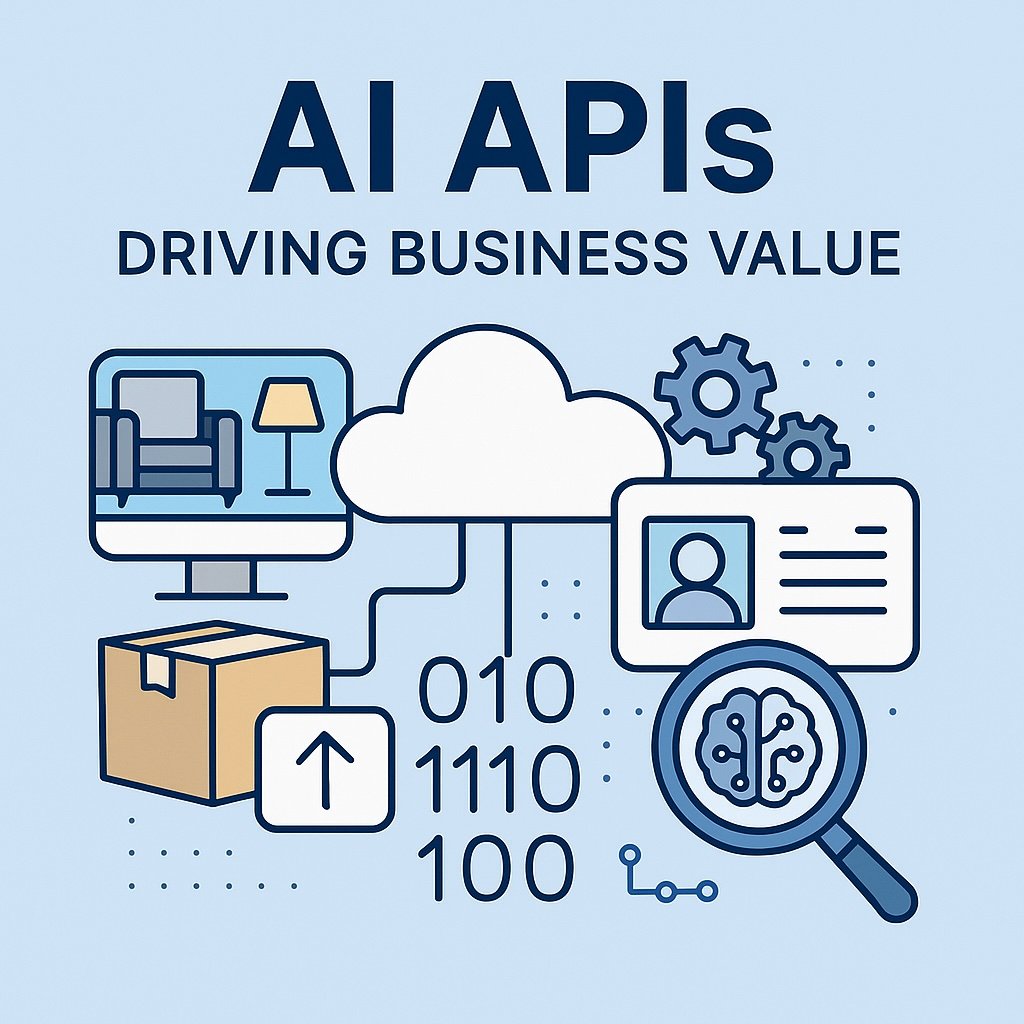
AI APIs: What They Are and Why They Matter to Business
AI APIs are changing the way businesses access and apply artificial intelligence — offering powerful features like image recognition, text extraction, and object detection through simple cloud-based interfaces. In this post, we explore what AI APIs are, how they work, and why they’re becoming essential for companies looking to innovate quickly, reduce costs, and scale smarter. Whether you’re in e-commerce, fintech, manufacturing, or media, discover how ready-to-use and custom AI solutions can unlock new value for your organization in 2025 and beyond.

Content Moderation at Scale: Balancing Speed & Ethics
As user-generated content floods platforms faster than ever, content moderation must evolve beyond basic filters. Today’s challenge is striking the right balance between real-time automation and ethical oversight — all while meeting rising regulatory demands. From NSFW detection and graphic violence filtering to audit-ready logging and human-in-the-loop review, this post explores how modern systems are built to scale safely and transparently. Learn how modular AI tools, threshold tuning and escalation flows create trust-centric moderation pipelines that keep platforms both compliant and user-friendly.
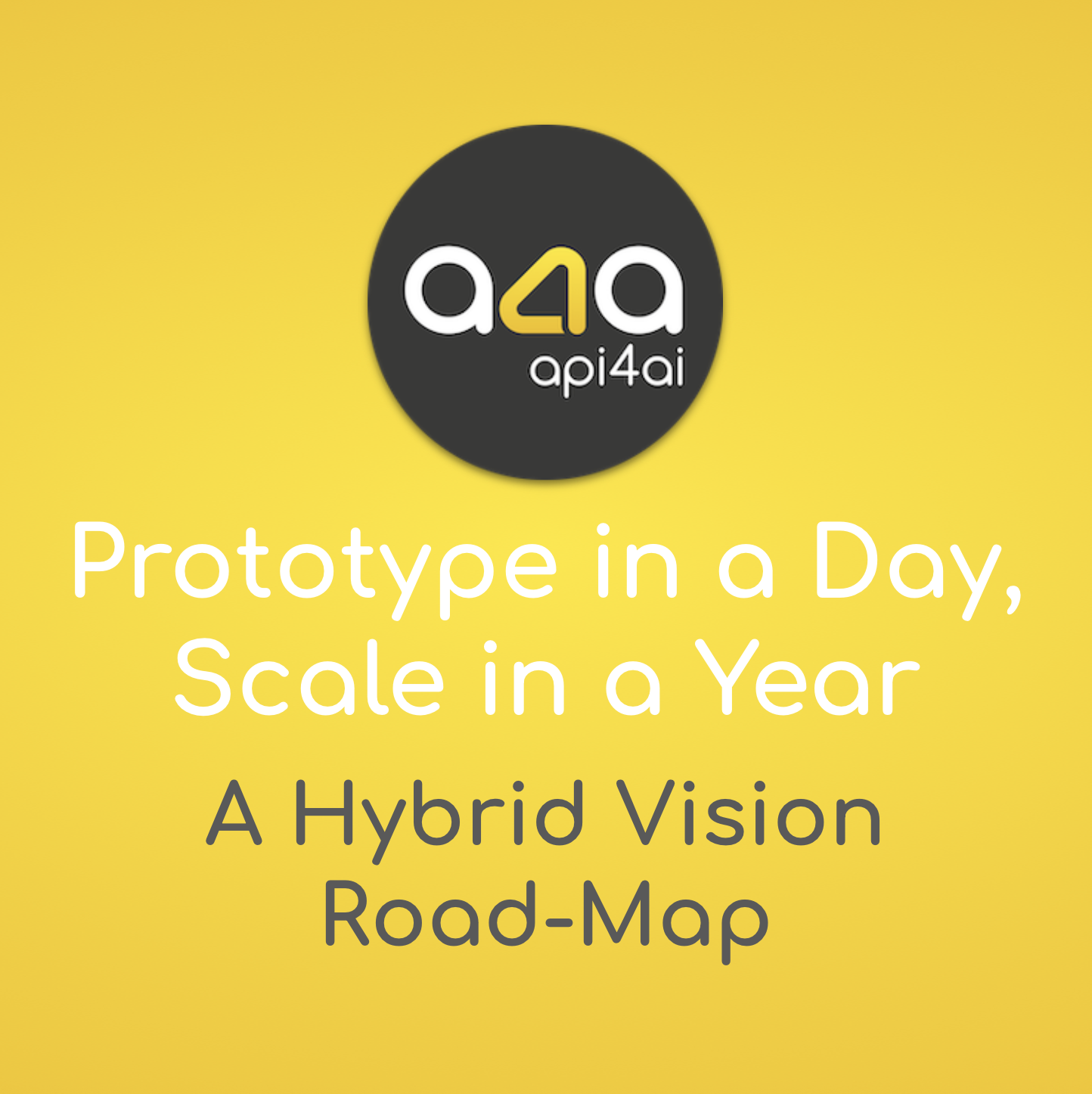
Prototype in a Day, Scale in a Year: A Hybrid Vision Road-Map
Computer vision is easier to start than ever — thanks to ready-made SaaS APIs that let teams build working prototypes in just hours. But what happens when those prototypes grow into high-traffic features, or when off-the-shelf models no longer meet performance, cost or accuracy demands? This blog post outlines a step-by-step, 12-month roadmap for scaling your vision AI stack — from your first API call to a fully containerized, GPU-powered infrastructure. Learn how to navigate the transition across three critical phases: the Day‑1 sandbox, the Month‑3 pilot, and the Month‑6 production rollout. Along the way, we break down key decision points, hybrid deployment strategies and tips for balancing fast results with long-term control. Whether you're experimenting with OCR, background removal or object detection, this guide helps you scale smart, reduce costs and prepare for growth.

Logo Wins & Sponsor ROI: Brand Recognition API in Esports Broadcasts
In the high-stakes world of esports sponsorships, visibility isn’t enough — proof of exposure is everything. This post explores how real-time logo detection, powered by AI, helps teams and organizers track every brand appearance across matches, turning screen time into measurable ROI. From automated highlight reels to CPM-calibrated dashboards, discover how smart vision tools are transforming logos into leverage at the negotiation table.

The Cost of Developing Modern AI-Based Products
Artificial intelligence is transforming industries, but the cost of developing AI-based products varies widely depending on complexity, customization and long-term strategy. While off-the-shelf AI APIs provide an affordable and quick solution for startups and SMEs, enterprises often invest in custom AI development to gain a competitive edge. The right approach depends on a business’s stage, budget and objectives.
This article explores the financial and technical factors that influence AI costs, from basic open-source models to high-performance, scalable AI solutions. Whether you’re considering ready-made APIs for image recognition, OCR or background removal or looking into custom AI models for specialized applications, understanding the trade-offs between cost and performance is crucial.
AI development is not just about the initial price tag — its real value lies in long-term returns, automation and strategic advantage. Choosing the right AI solution can reduce operational costs, improve efficiency, and position businesses for future growth.

How to Boost Your Online Business with Cloud APIs in 30 Days
In today’s fast-paced digital world, businesses must leverage cutting-edge technology to stay competitive. AI-powered cloud APIs offer an efficient way to automate workflows, enhance customer experience, and optimize operations — all without the need for complex infrastructure. This guide outlines a 30-day roadmap to seamlessly integrate AI-driven solutions like background removal, OCR, object detection and branding recognition into your online business.
From identifying bottlenecks and testing APIs to full-scale deployment and optimization, this structured approach ensures maximum ROI with minimal risk. Whether you're looking to streamline product image processing, automate data extraction, or enhance brand monitoring, the right API integration can drive efficiency, reduce costs and boost sales.
The future of AI-powered automation is here — start your cloud API journey today and take your business to the next level.

Cloud APIs: Key Benefits and Challenges for Online Businesses
Cloud APIs have rapidly emerged as vital tools powering online businesses by enabling faster innovation, lower costs and improved scalability. However, adopting them isn't without its challenges, including integration complexities, security risks and potential vendor lock-in. This article explores the significant benefits of cloud APIs, addresses common adoption hurdles, highlights the strategic value of custom API development and discusses emerging trends that are shaping the future of cloud-driven business.

Off-the-Shelf AI Cloud APIs for Enterprise Businesses: Pros & Cons
AI is transforming enterprise operations, offering automation, efficiency, and scalability like never before. Businesses today have two primary options for integrating AI into their workflows: off-the-shelf AI APIs or custom AI development. While ready-made AI APIs provide instant access to advanced AI capabilities such as OCR, object detection, background removal, and facial recognition, they also come with limitations in customization, cost scaling, and data privacy.
This blog post explores the advantages and drawbacks of off-the-shelf AI APIs, helping enterprises determine whether they should rely on pre-built AI models or invest in custom AI development. We discuss key factors such as cost efficiency, scalability, security concerns, and long-term sustainability, providing a strategic framework for businesses looking to maximize the benefits of AI while minimizing risks.
Choosing the right AI approach is crucial for driving efficiency, reducing operational costs, and staying ahead of the competition. Whether leveraging cloud-based AI APIs for quick integration or developing tailored AI solutions for specialized needs, enterprises must carefully evaluate their AI strategy to ensure long-term success.

Off-the-Shelf AI APIs: The Winning Strategy for Startups
Artificial intelligence has become a game-changer for startups, offering powerful tools to automate tasks, enhance user experiences and drive innovation. However, building AI solutions from scratch can be expensive, time-consuming and technically complex — challenges that most early-stage companies can’t afford. This is where off-the-shelf AI APIs come in.
Pre-built AI solutions allow startups to integrate advanced capabilities like optical character recognition (OCR), background removal, object detection, brand recognition and image anonymization without the need for specialized expertise. These APIs reduce development costs, accelerate time-to-market and provide scalable solutions that grow with the business.
In this blog post, we explore the key benefits of AI APIs, practical use cases across various industries and strategies for seamless implementation. We also discuss when custom AI development makes sense and how startups can balance pre-built solutions with tailored models to gain a competitive advantage. Whether you're looking to automate processes, improve product offerings or enhance customer engagement, leveraging AI APIs can help turn your startup’s vision into reality — faster and more efficiently than ever before.
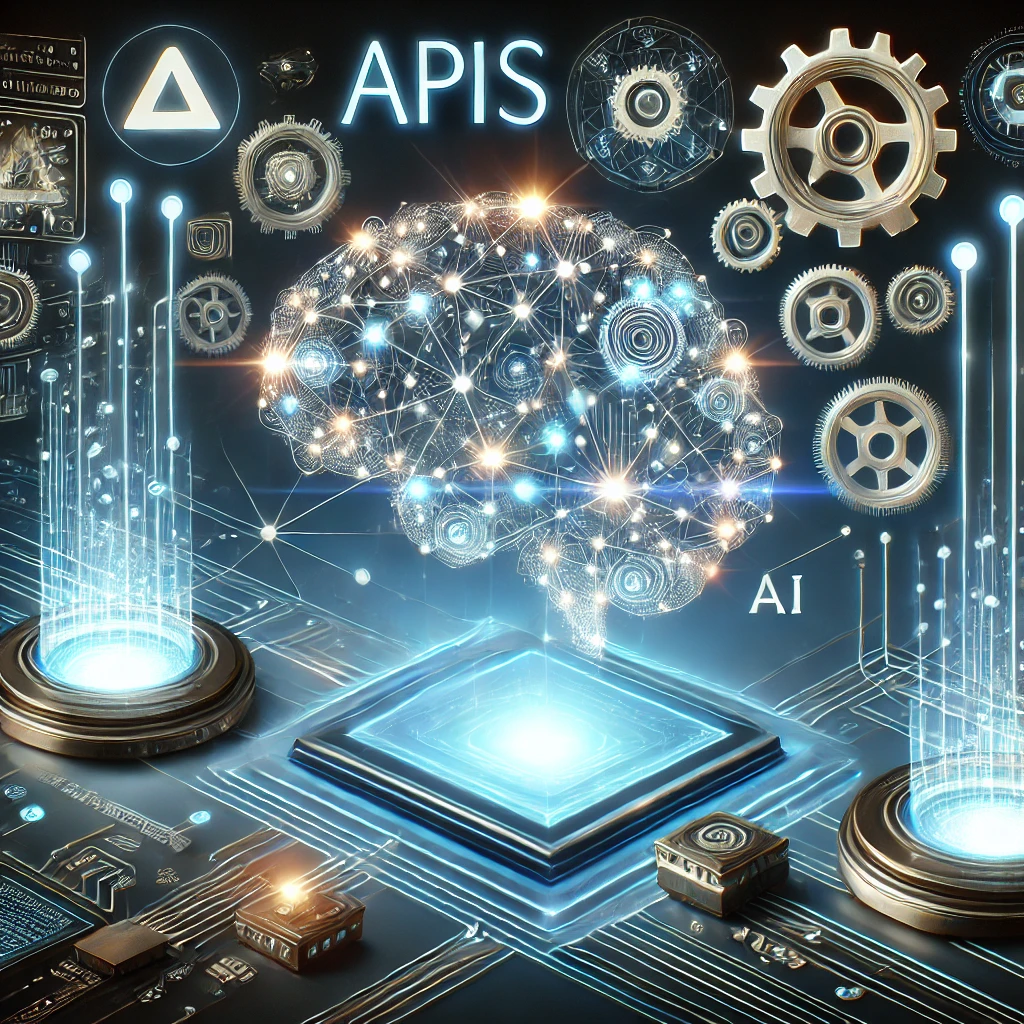
APIs for AI: The Ideal Fusion of Tools and Technology
Artificial intelligence is transforming industries, but integrating AI from scratch can be costly and complex. AI-powered APIs bridge this gap, offering businesses ready-to-use AI capabilities that enhance efficiency, automate tasks and drive innovation. From OCR for document automation to facial recognition for security, AI APIs make advanced technology accessible without requiring deep machine learning expertise.
In this blog post, we explore how AI APIs streamline business processes, improve scalability and future-proof operations. We also discuss key considerations for selecting the right AI API, the benefits of custom AI solutions and emerging trends like real-time AI processing and multimodal AI. Whether you're looking for quick AI integration or long-term strategic AI investment, APIs provide a flexible, scalable path to success in an AI-driven world.
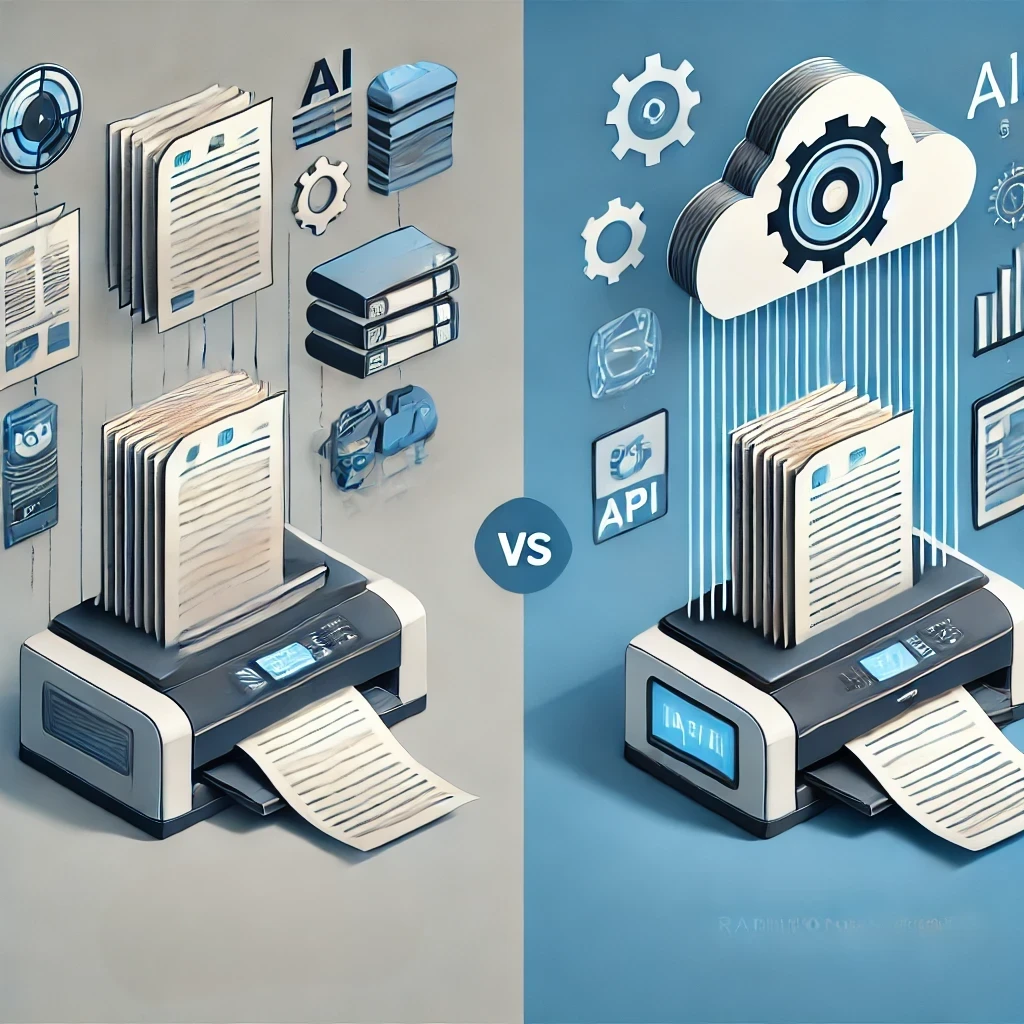
OCR API vs Traditional OCR Tools: Which One Wins?
OCR technology has revolutionized how businesses extract text from documents and images, eliminating the need for manual data entry. While traditional OCR tools offer offline functionality and full control over data processing, they come with high costs and scalability challenges. Cloud-based OCR APIs provide a modern, AI-driven alternative that is more flexible, cost-effective and easy to integrate. These solutions continuously improve accuracy, support multiple languages and scale effortlessly to meet growing demands. As businesses move toward automation, choosing the right OCR solution is essential for staying competitive. This guide explores the key differences between traditional OCR tools and OCR APIs, helping businesses determine the best approach for their needs.

Object Detection APIs: Top Industry Applications & Benefits
In today’s data-driven world, businesses across industries are turning to AI-powered object detection APIs to automate image analysis, enhance efficiency and gain deeper insights. From e-commerce product tagging and manufacturing quality control to real-time security monitoring and personalized customer experiences, object detection is revolutionizing workflows and reducing reliance on manual processes.
This article explores the top industry applications of object detection APIs, highlighting their key benefits, including cost savings, scalability and competitive insights. Whether leveraging off-the-shelf solutions or investing in custom AI models, businesses can unlock new opportunities and future-proof their operations. As automation becomes essential for staying ahead, now is the time to explore how object detection can streamline processes, improve accuracy and drive innovation.
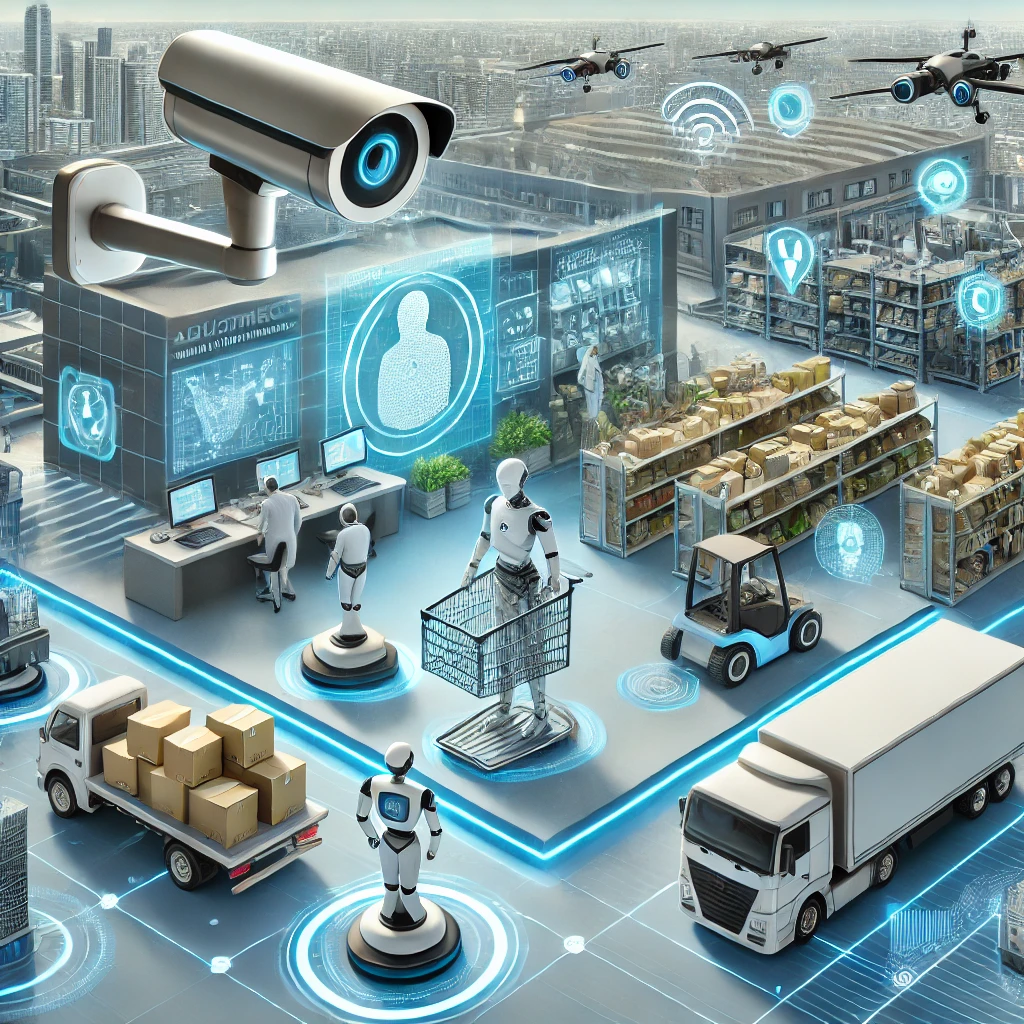
AI-Powered Object Detection API: Best Business Applications in 2025
As businesses increasingly rely on automation and data-driven decision-making, AI-powered object detection is emerging as a game-changing technology across industries. From real-time inventory tracking in retail to automated defect detection in manufacturing and AI-driven security systems, object detection APIs are streamlining operations, enhancing accuracy and unlocking new opportunities.
In this post, we explore the most impactful business applications of AI object detection in 2025, highlighting how companies can leverage off-the-shelf APIs for rapid deployment or invest in custom AI solutions for long-term competitive advantage. As AI continues to evolve, businesses that embrace this technology early will be positioned to lead in an increasingly digital economy.
Whether you're looking for a fast, scalable AI API or considering a tailored AI-powered solution, understanding the right integration strategy is key to maximizing ROI. Let's dive into how AI object detection is transforming industries and shaping the future of automation.
